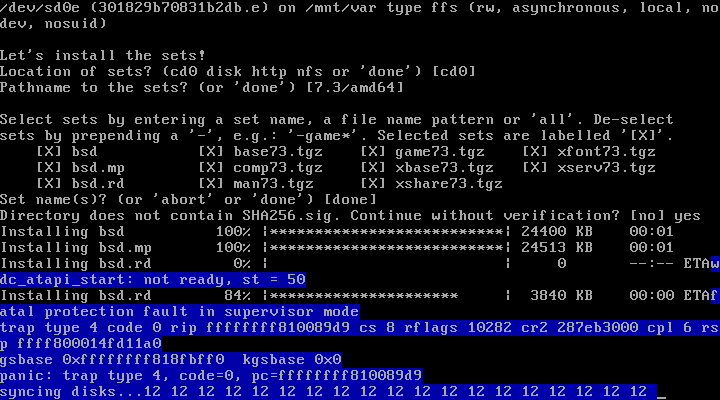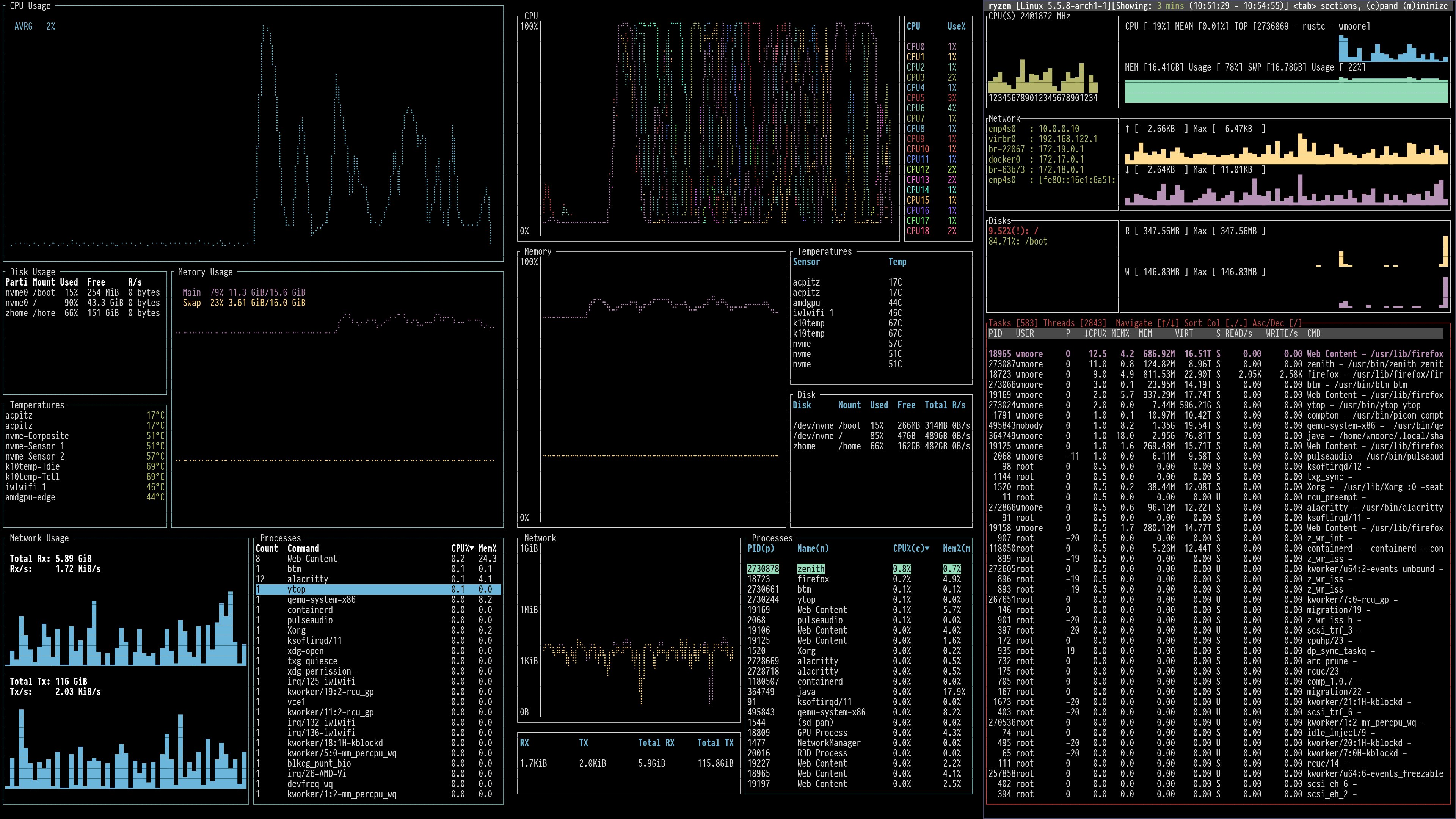I needed three low capacity micro SD cards for an upcoming project. There’s plenty of these available on AliExpress but its very difficult to know if you if the actual capacity will match the packaging. I did some research and came across this interesting video that tested 16 different cards. Their recommendation was the Lexar ones. So I found some 32Gb ones for AU$4.13 and placed an order.

As per the video’s suggestion I tested one with an open-source tool called F3 (Fight Flash Fraud) when they arrived. F3 verifies the capacity against what the drive advertises and verifies that that amount of data can be written and read back without error.


